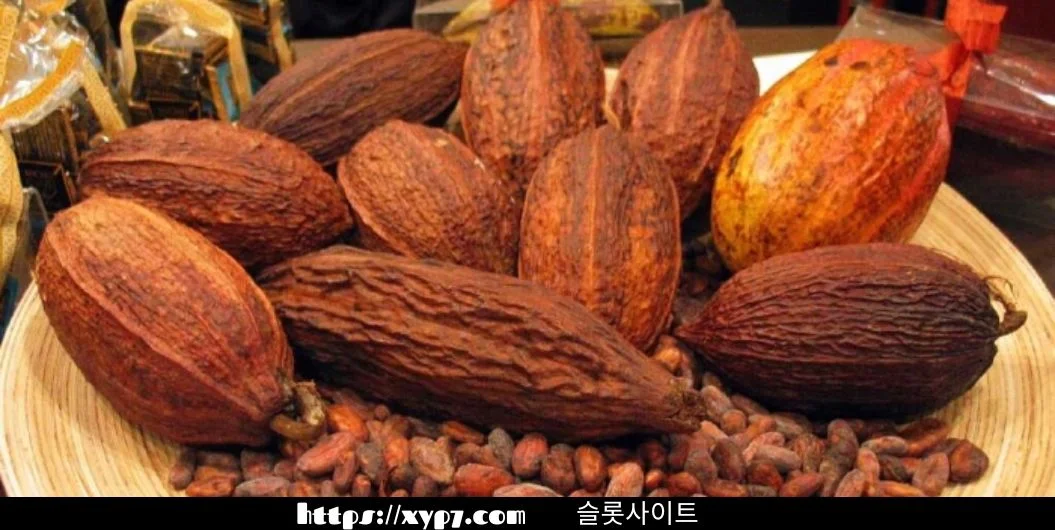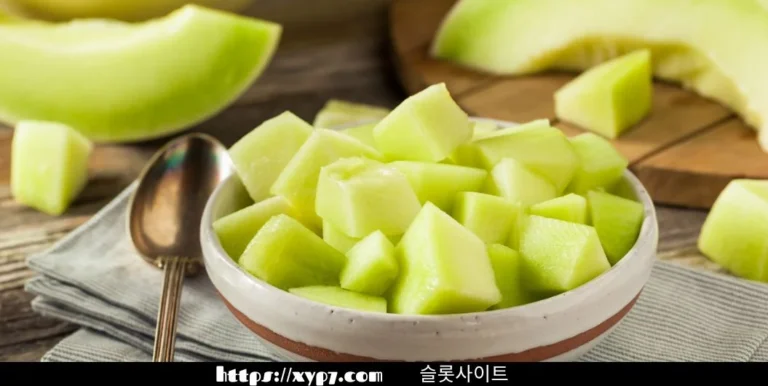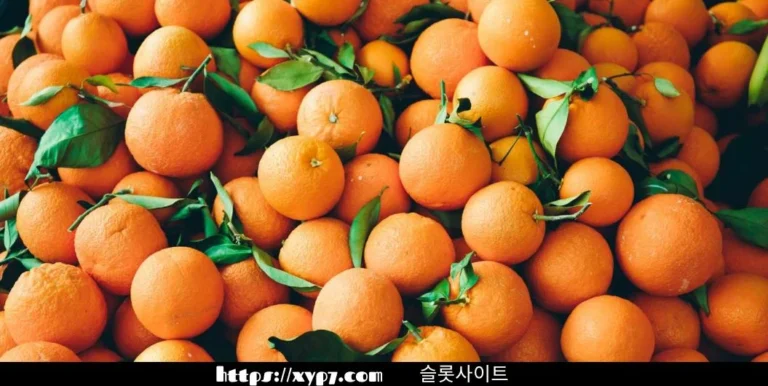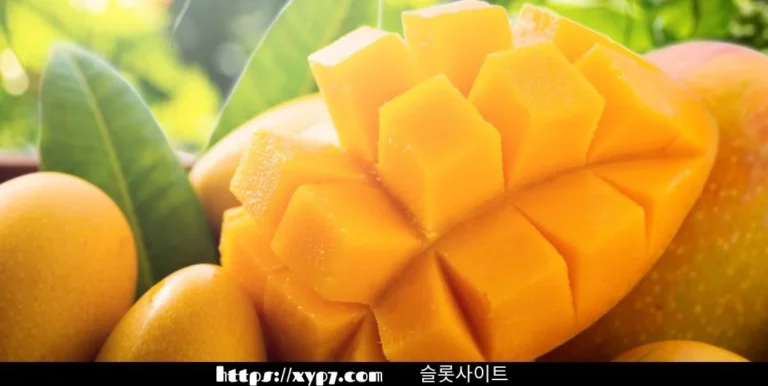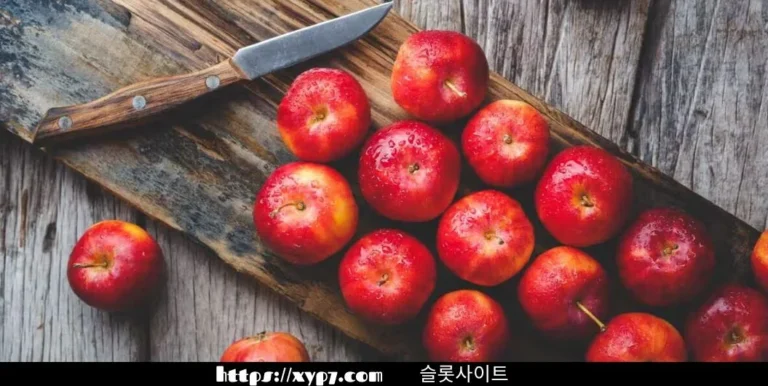Facts About Cacao Fruit
Cacao, the magical bean that gives us chocolate, holds a world of wonders beyond its delectable taste. From ancient civilizations to modern-day indulgences, cacao has been a pivotal part of our history and culture. In this article, we delve into the realm of cacao, uncovering 10 intriguing facts that will enrich your understanding of this extraordinary 카지노사이트 plant.
10 Things You Didn’t Know About Cocoa
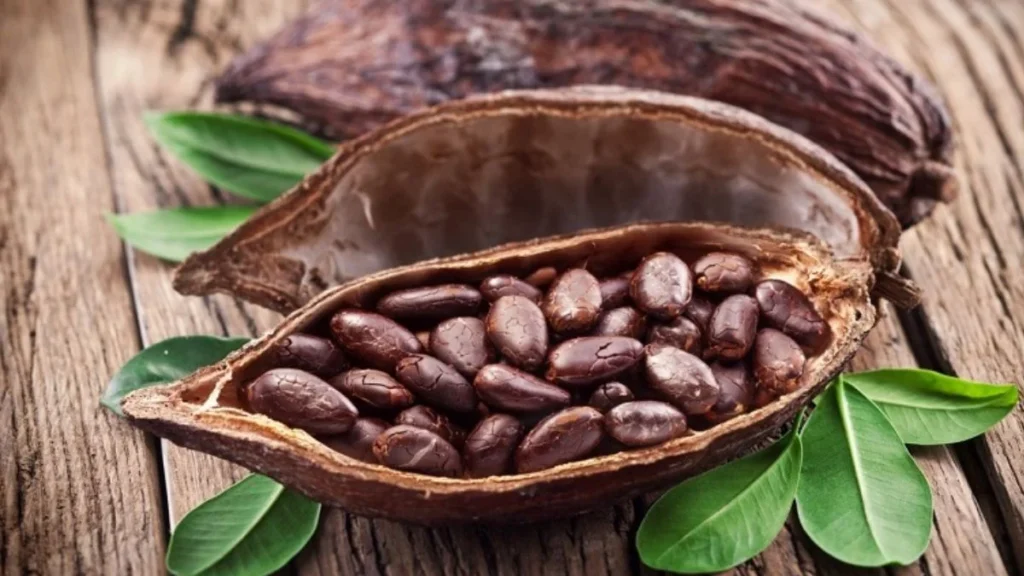
The Ancient Roots
Cacao’s story begins in Mesoamerica, where ancient civilizations like the Olmecs and Mayans cultivated also revered cacao trees. The word “cacao” itself is derived from the Olmec language, emphasizing its deep-rooted history in the region.
The Food of the Gods
The Mayans considered cacao a divine gift, often referred to as the “food of the gods.” They utilized cacao not only for its culinary delights but also in religious ceremonies, believing it held mystical properties.
Bitter Beginnings
Contrary to the sweet connotations we associate with chocolate today, the initial consumption of cacao wasn’t as indulgent. Ancient Mesoamericans drank a bitter concoction made from crushed cacao beans, chili peppers, also water, a stark contrast to the sugar-laden treats we enjoy today.
Cacao’s Global Journey
Cacao didn’t stay confined to Mesoamerica for long. Christopher Columbus encountered cacao during his fourth voyage to the Americas in 1502, introducing it to Europe. From there, cacao spread globally, transforming into the chocolate we know and love.
The Botanical Marvel
The cacao tree, scientifically known as Theobroma cacao, translates to “food of the gods.” This evergreen tree produces large pods containing cacao beans. The beans undergo a meticulous process to become the chocolate we cherish, involving fermentation, drying, roasting, also grinding.
Environmental Impact
Cacao cultivation plays a vital role in preserving biodiversity. It thrives in shade-grown conditions, promoting a balanced ecosystem. Sustainable farming practices are essential to maintain the delicate equilibrium between cacao cultivation also environmental 온라인카지노 conservation.
Health Benefits
Beyond its delightful taste, cacao offers numerous health benefits. Rich in antioxidants, cacao may contribute to heart health, improve cognitive function, and even elevate mood by releasing endorphins. However, moderation is key, as the sugar and fat content in commercial chocolates can counteract these benefits.
The Cacao Belt
Cacao is primarily grown in a band around the equator known as the “cacao belt.” This region, situated between 20° north and 20° south of the equator, provides the ideal climate for cacao cultivation, with the right combination of temperature, humidity, also rainfall.
The Varieties of Cacao
Not all cacao is created equal. There are three main varieties: Criollo, Forastero, also Trinitario. Criollo is considered the finest and rarest, known for its delicate flavor profile. Forastero, the most common variety, boasts robust flavors, while Trinitario is a hybrid combining the best of both worlds.
Ethical Concerns in Cacao Production
Despite its popularity, the cacao industry faces ethical challenges. Issues such as child labor and unfair wages have plagued cacao plantations, prompting increased scrutiny. Ethical sourcing and certifications, like Fair Trade and Rainforest Alliance, aim to address these concerns, promoting sustainable and socially responsible practices.
Conclusion
Cacao, with its rich history, diverse varieties, and health benefits, transcends its role as a mere ingredient. Understanding the intricacies of cacao adds a layer of appreciation to the chocolate we enjoy. As we savor this delightful treat, let’s also consider the environmental and ethical aspects, ensuring the journey from bean to bar is not only delicious but also 바카라사이트 responsible.

